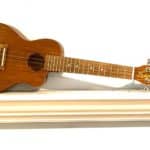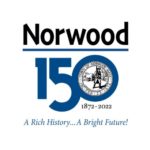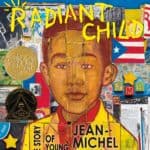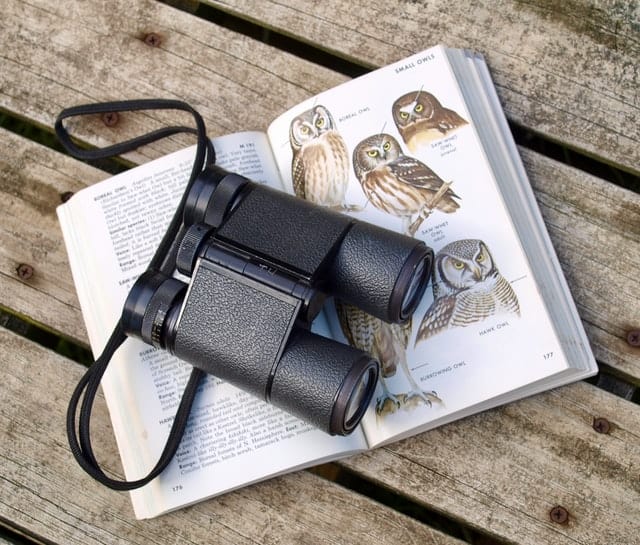
21
JulGood ‘Cheep’ Fun for the Family
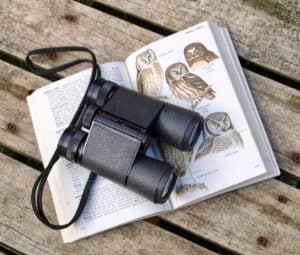 As we are all well aware, COVID drastically limited our entertainment options for what seemed an eternity; on the bright side many of us discovered new interests or rediscovered old ones. I’ve always had an interest in birdwatching, in part due to my family’s influence. Together with gardening, birds have formed a common thread in our conversations for as long as I can remember. Phone calls and other communiqués routinely include bird sightings. My sister took the interest to a professional level, becoming a wildlife biologist/ornithologist. An unexpected consequence of her practicing bird call recognition within earshot is that to this day, when I hear certain birdcalls, such as the distinctive “Peter, peter, peter,” I automatically murmur the name of the species under my breath (Tufted Titmouse.)
As we are all well aware, COVID drastically limited our entertainment options for what seemed an eternity; on the bright side many of us discovered new interests or rediscovered old ones. I’ve always had an interest in birdwatching, in part due to my family’s influence. Together with gardening, birds have formed a common thread in our conversations for as long as I can remember. Phone calls and other communiqués routinely include bird sightings. My sister took the interest to a professional level, becoming a wildlife biologist/ornithologist. An unexpected consequence of her practicing bird call recognition within earshot is that to this day, when I hear certain birdcalls, such as the distinctive “Peter, peter, peter,” I automatically murmur the name of the species under my breath (Tufted Titmouse.)
Being cooped up at home with nothing to do during the shutdown, I turned my focus once again to this favored pastime. On my daily walks birds seemed to be out in force even as people were not, and without traffic noise their calls could be heard more clearly. Happening upon a bird that I didn’t recognize, I returned home and looked it up in my copy of the National Audubon Society Field Guide to North American Birds, Eastern Region, which has taken up residence on my counter. Soon after, I put up a feeder so that the birds would come to me. They were so quick that I longed to catch a better glimpse, so I purchased affordable binoculars online that perform above par.
I am told that birdwatching is not the same as birding, although I’ve seen the terms used interchangeably. I gather that the difference is largely a matter of intensity; extra points go to those who travel to see more birds and thus grow their life lists (a record of birds seen in one’s lifetime.) I am unconvinced that these terms are as distinct as some claim. Turning a pleasurable pastime into a competitive sport misses the point, although it does make for memorable TV moments on shows like Northern Exposure.
Branching out beyond my field guide, I searched the library’s online catalog for bird-themed offerings from naturalist author Sy Montgomery and discovered the 2021 release, The Hummingbirds’ Gift: Wonder, Beauty, and Renewal on Wings. As someone who is delighted by this nearly ethereal creature but has yet to see one in her own yard I can hardly wait to delve into this book – but wait I must, until the people who had the foresight to place holds before me are done. I look forward to learning more about this remarkable species and its champion, Brenda Sherburn, who rescues abandoned hummingbirds and cares for them until they are able to return to the wild.
In the meantime, I’ve appeased myself with Montgomery’s book Birdology: Adventures With a Pack of Hens, a Peck of Pigeons, Cantankerous Crows, Fierce Falcons, Hip Hop Parrots, Baby Hummingbirds, and One Murderously Big Living Dinosaur. As the rather lengthy subtitle suggests, Montgomery looks at seven diverse species to exemplify an array of aspects distinct to being a bird, and to point out the qualities that birds and people share. Those who have read and liked her other works will be charmed by this one as well.
In my search I also discovered The Bedside Book of Birds: An Avian Miscellany, compiled by Graeme Gibson. This book is a gorgeous collection of bird-inspired artwork and literature, the breadth of which demonstrates the deep fascination that we collectively have for our feathered friends. Gibson discloses that he came to his interest in birds fairly late in life. His transition from bemusement at sensibly-clad people actively pursuing bird sightings to someone who would undertake assembling this compendium with ‘the zeal of a convert’ (his words, not mine) happened on a trip to the Galapagos, when a chance sighting of an albatross on stormy seas imparted the nearly mystical sense of receiving a gift from above. Gibson captures that sense of wonder in a collection of whimsical drawings, photos, essays and poems that span from ancient Egypt to the present. Similar in format (but off-topic here) is Gibson’s Bedside Book of Beasts.
One recent morning as I made my way to the library, I saw a bird standing in the road ahead, but the driver in front of me did not. My gut tightened as I witnessed the hit and run: the desperate last-minute hop followed by a flurry of feathers swirling in the wind. I slowed and prepared to swerve around anything that might be on the road, to avoid adding insult to injury. Then I was amazed to see the bird emerging from beneath the SUV; in a mad burst of its wings it caught the wind and gained purchase in a tree at the side of the road. Birds are built for flight, their bones are hollow and they have sacs of air throughout their bodies. These facts might give the impression of a fragile constitution, yet I had seen one plucky being go toe-to-toe, or more accurately wing to wheel, and live. Birds are full of surprises, many of which are explored in David Allen Sibley’s What It’s Like to Be a Bird: From Flying to Nesting, Eating to Singing – What Birds are Doing and Why, a fascinating look at the gamut of their behavior. Sibley’s initial idea was for an all-ages guide that included essays about bird behavior, but the more he learned the more interesting the entries became until finally they comprised the bulk of the book. These essays can be read individually and don’t need to be read in order. Sibley notes that this isn’t meant to be a complete guide but rather to impart an appreciation of the larger notions of instinct and survival.
While the world seems to be opening up and we are once again able to enjoy human company, I’m glad I’ve resumed this relaxing pursuit and highly recommend birding as good, “cheep” fun for the whole family.
Kirstie David is the Literacy/Outreach Librarian at the Morrill Memorial Library in Norwood, MA. Look for her article in the July 15, 2021 issue of the Transcript and Bulletin.

